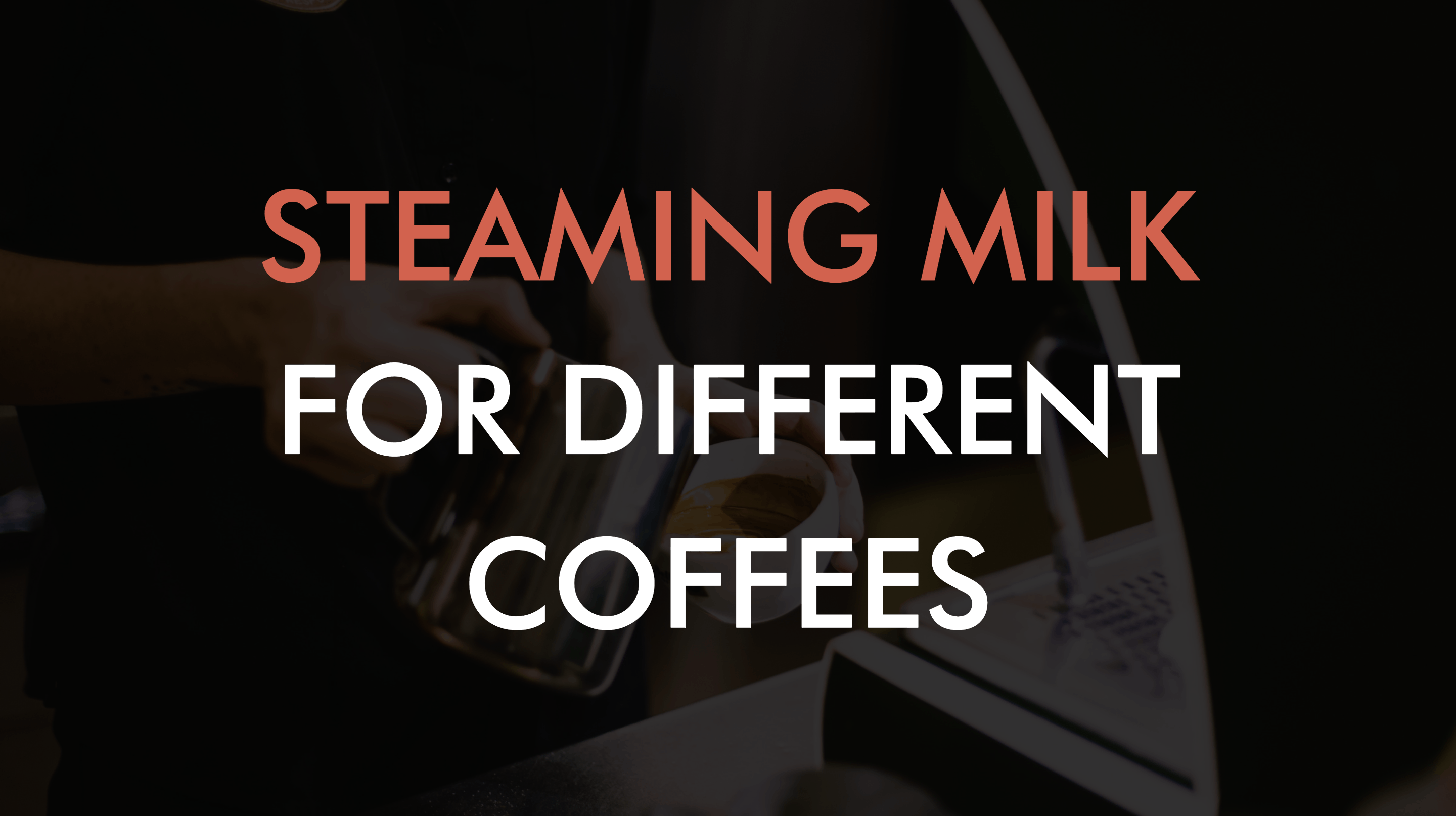We know that good coffee starts with great beans. But HOW do coffee beans become great? What makes some coffees better than others? How did these magical, delicious tasting beans end up in my cup? All great questions! Let us tell you just how a coffee bean comes into existence and all the special things that happen along the way that makes them so delicious for you!
STAGE 1. PROPOGATING AND PLANTING
Fun fact: The first shape the new seedling takes on is actually one of a coffee bean. It always looks photoshopped but believe me, this is one easy way to identify if you have a coffee tree or not.

Amazingly, the coffee bean shape is how the tree first sprouts.
STAGE 2. SEEDLINGS
Many little coffee seedlings are planted in beds which will usually be protected from harsh sunlight by large shade trees or man-made covers. The coffee beds are raised above ground level to ensure proper drainage. They grow like this for anywhere between 9 to 18 months until they have reached a healthy 60cm tall or so. Over time, the teenage coffee plants are exposed to more and more direct sunlight, which prepares them for conditions outside of the nursery. When they have reached this stage the coffee shrubs are moved onto the plantation with the rest of the fully grown trees. Ah, they grow up so fast! After an average of 5 years in the plantation, the little shrubs will be fully grown and yielding a full crop of beans each year. The mineral content of the soil will have an effect on the way the bean tastes in your cup!
STAGE 3. HARVESTING
STAGE 4. PROCESSING
Once the cherries have been picked, it’s time to remove the outer fleshy part of the fruit to get to the little green bean inside. There are a few ways to do this, and the way they are processed depends on the tradition of the farm, their access to resources and what will make the particular bean taste the best in the end. The main processing methods are dry, semi-dry and wet washed. All three methods remove the skin from the bean, the dry method waits for the flesh to dry out and falls away from the bean, the semi-dry method uses a combination of water and machinery to remove the flesh and the wet method just uses water to soak the fruit off. Each processing method leaves the fruit on for varying amounts of time, which gives differing time for the sugars in the fruit to absorb into the bean.
Once the fruit has been removed the beans need to be dried out to the perfect 11% moisture content. This can be done on raised beds similar to the dry method above, but large drying machinery can also be utilised depending on what’s available.
Then, depending on which processing methods are used in the previous steps, the exocarp, mesocarp and endocarp (several layers of husk) need to be removed as well.

Natural coffee processing is where you leave the ripe cherries to dry out on beds in the sun.
STAGE 5. EXPORTING
Once the little green beans are dry and hulled, they are stored in sisal or jute bags until they are ready for exporting. But before they are packed away, they need to be graded. This is done by running the beans through several sieves and screens with specially sized holes. Highly skilled and fast manual sorters will remove any discoloured or flawed beans so only the best beans end up in the sacks for export.
Then the bags of coffee are packed into pallets and delivered via sea or plane to their roasting destination!
STAGE 6. ROASTING
The bags of coffee arrive at their roastery which is where some real magic happens! Coffee roasters are kind of like magicians. They know exactly how to roast each varietal to get the best flavour out of them. Some need a marginally lighter roast to bring out those delicate floral and fruit notes, others need a medium roast to caramelise the sugars and give a full body. The roaster will also carefully test and prepare any blends by adding 2 or more varietals together until each coffee supports and blends in to create a delicious new flavour. They are stored in vats with one-way air valves for a few days before they are sent out to customers.

Once roasted we drop it into a big cooling drum before bagging it
STAGE 7. FROM THE WEB TO YOU
The second last stage of the coffee bean life is when we receive your orders, bag the coffees into their right weight and grind. Then they get sent out with one of our awesome couriers straight to your door (or post office if you prefer).
STAGE 8. BREWING
Arguably the best stage of the coffee bean lifecycle! The moment of truth, when the whole chain comes together and the bean gets ground, brewed and drunk! Obviously, the way you prepare and store your coffee beans will have a huge effect on the way they taste, no espresso is going to taste like a french press and add in one of the million different milk types and you’ll change the flavour again completely! This is the stage where you get to add your own personal flair and creativity to make the coffee just the way you like it.
So, now you can appreciate the long road from the seed to your cup.



